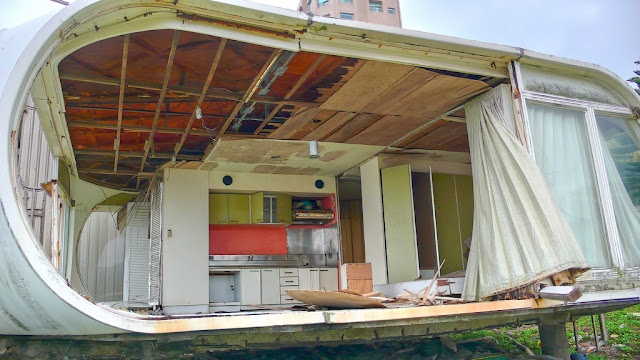I've gone down the rabbit hole. Current obsession: the 1939-1940 New York World's Fair.
It all began when I happened upon an image of the General Motors exhibit.
The Futurama was one vision of what 1960 would look like. People stood in line for hours to view this 35,000 square foot exhibit sponsored by General Motors and designed by Norman Bell Geddes.
Visitors had the opportunity to ride past small realistic landscapes, complete with sophisticated 7 lane highways filled with radio controlled cars. After the Great Depression, people welcomed this grand vision of the future. There is some interesting social commentary within the film To New Horizons: "On all express city thoroughfares, the rights of way have been so routed as to displace outmoded business sections and undesirable slum areas whenever possible. Man continually strives to replace the old with the new..." Watch the full video here, or an abbreviated video here.
Salvador Dali's "Dream of Venus".
Alvar Aalto's Finnish Pavilion.
Food building Number Three.
Irish Pavilion - shaped like a shamrock.
Communications building.
WPA/New Deal represented at the 1939 World's Fair.
Oh what a magical place it must have been!
Craving more? There are tons of pavilion images here.
Sources: The '60s at 50, Wired Magazine, Discovery, NY Times, Pyramid Beach, Edifice Complex, Shook Photos, New Deal Network, Wolfsonian, Kings Academy, Archiseek, 1939nyworldsfair, TT n Sheldy, Night at the Mouseion








































